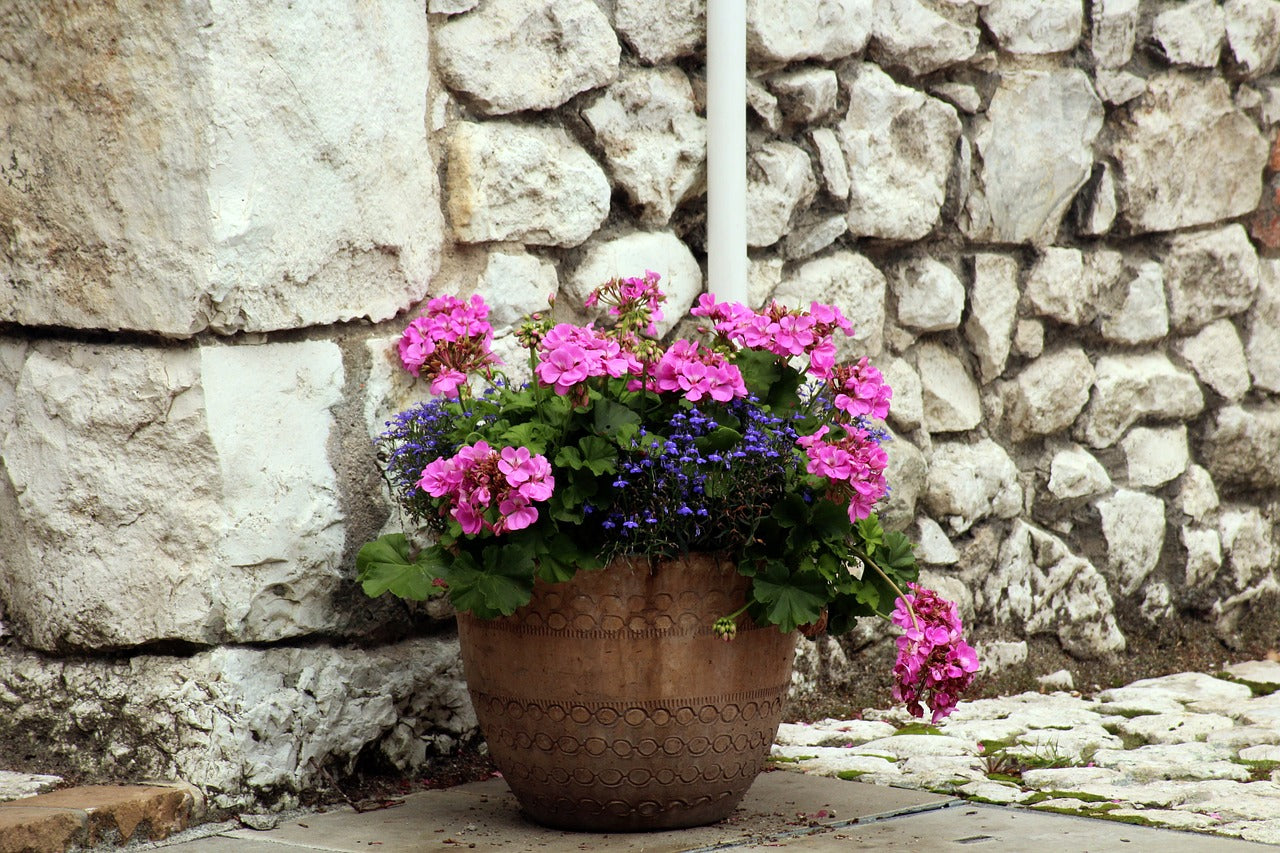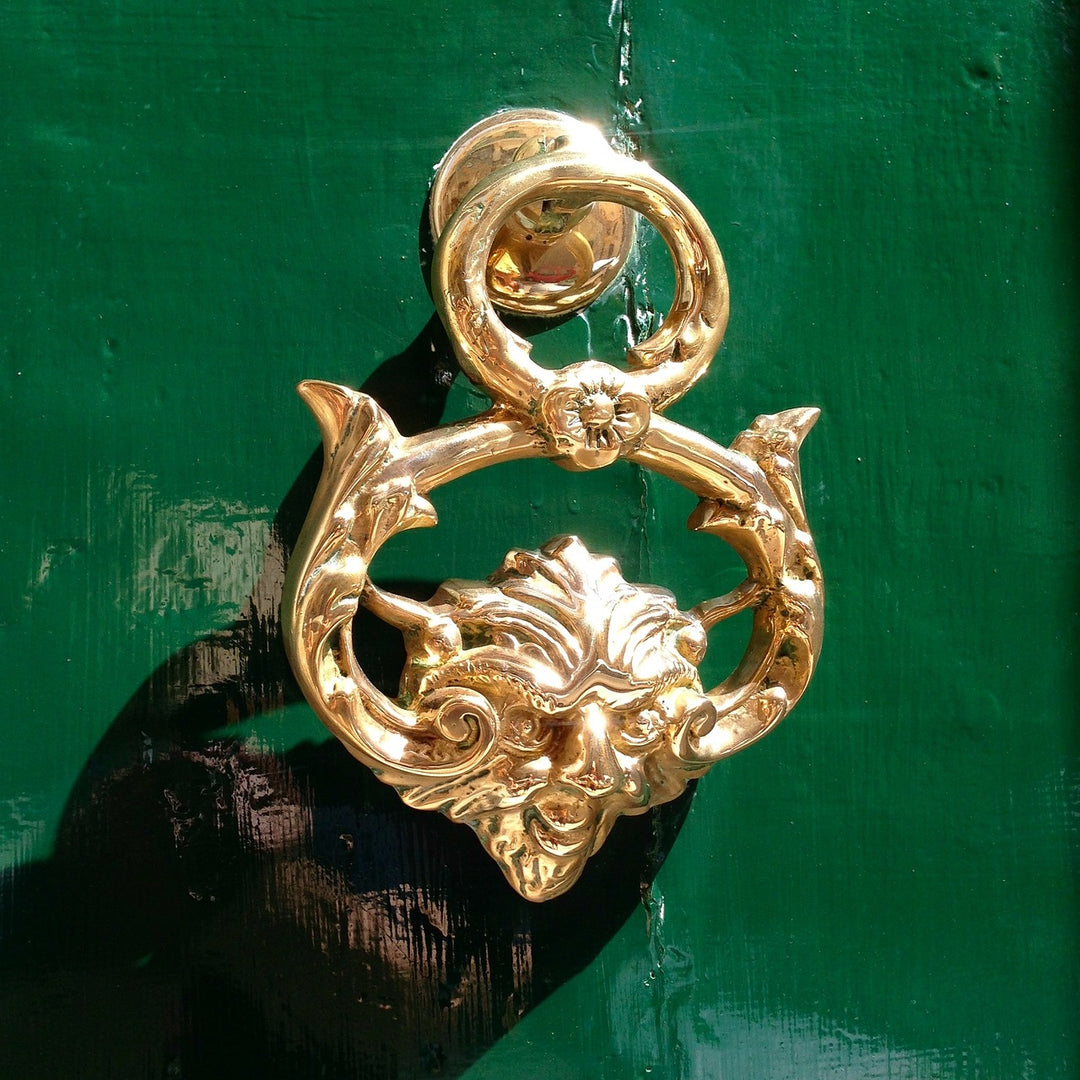Symbolism and Motifs Commonly Found in Rice Pattern Style
Rice pattern style, a distinctive form of ceramic decoration, has a long history deeply embedded in East Asian culture, particularly in China. This style is characterized by its intricate and delicate designs that resemble rice grains or seeds, often perforated into the body of the ceramic piece. The rice pattern, also known as "rice grain porcelain," not only serves an aesthetic purpose but also carries significant symbolic meanings and motifs that reflect the cultural values and philosophical beliefs of the societies where it originated and evolved.

Historical Context and Origins:
The rice pattern style traces its origins back to the Song Dynasty (960-1279 AD) in China, a period renowned for its advancements in ceramics and other arts. During this era, the use of white porcelain became prominent, and artisans began experimenting with various decorative techniques.
The rice pattern emerged as a favored design, symbolizing simplicity, purity, and the essential nature of sustenance. The perforations, often filled with a translucent glaze, created a unique visual effect that captivated viewers and became a hallmark of sophistication and craftsmanship. As the technique evolved, it spread to other parts of East Asia, including Japan and Korea, where local artisans adapted and integrated it into their own ceramic traditions.

Symbolism of Rice:
Rice holds a central place in many Asian cultures, symbolizing life, fertility, and abundance. It is a staple food that sustains billions of people, and its significance extends beyond mere nutrition. In the context of rice pattern ceramics, the depiction of rice grains represents prosperity and the nurturing of life. The repetitive nature of the design mirrors the cyclical nature of agricultural seasons and the continuous growth and renewal of life. This symbolism is deeply rooted in agrarian societies where the cultivation of rice is intertwined with cultural rituals and spiritual beliefs.

Motifs and Artistic Techniques:
The motifs used in rice pattern ceramics are not limited to rice grains alone. Artisans often incorporate other elements such as floral patterns, geometric shapes, and auspicious symbols that enhance the overall aesthetic and symbolic value of the piece. The technique of creating rice patterns involves meticulous craftsmanship.
Small holes are pierced into the body of the ceramic item before it is glazed and fired. These perforations are then filled with a translucent glaze, giving the impression of embedded rice grains. The resulting interplay of light and shadow adds a dynamic quality to the surface, making the design come alive when viewed from different angles.

Cultural Significance:
The rice pattern style holds a special place in cultural ceremonies and everyday life. In Chinese culture, for example, rice pattern porcelain is often used in ancestral rituals and offerings, symbolizing the continuity of life and the connection between the living and the deceased. The translucent quality of the design is thought to represent the ethereal and spiritual world, bridging the gap between the material and the immaterial.
In Japan, rice pattern ceramics are appreciated for their aesthetic appeal and are used in tea ceremonies and other cultural practices, where the emphasis on simplicity and natural beauty aligns with the principles of wabi-sabi, the appreciation of imperfection and impermanence.

Evolution and Contemporary Interpretations:
While the traditional rice pattern style continues to be revered, contemporary artists and ceramicists have also embraced and reinterpreted this ancient technique. Modern adaptations often experiment with different materials, scales, and color palettes, pushing the boundaries of the traditional form while still honoring its symbolic roots.
Some contemporary pieces integrate rice patterns with abstract designs, creating a fusion of old and new that reflects the evolving nature of cultural expression. These modern interpretations not only preserve the heritage of rice pattern ceramics but also introduce it to new audiences and contexts, ensuring its relevance in the contemporary art world.

Exploring the symbolism and motifs commonly found in the rice pattern style reveals a rich tapestry of cultural, spiritual, and artistic elements. From its origins in ancient China to its adaptations in modern art, the rice pattern has remained a poignant symbol of life, prosperity, and the interconnectedness of nature and humanity. Its delicate and intricate designs continue to captivate and inspire, embodying a timeless aesthetic that transcends generations. The rice pattern style is a testament to the enduring power of cultural symbols and the ability of art to convey deep and universal meanings through the simplest of forms.



























